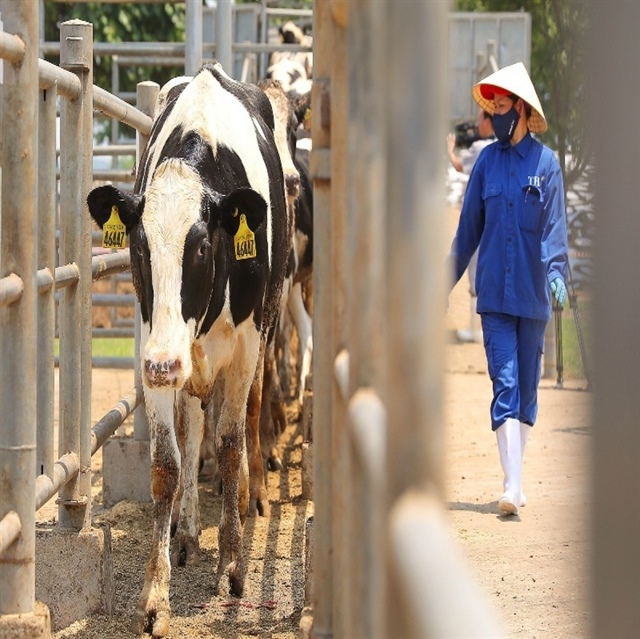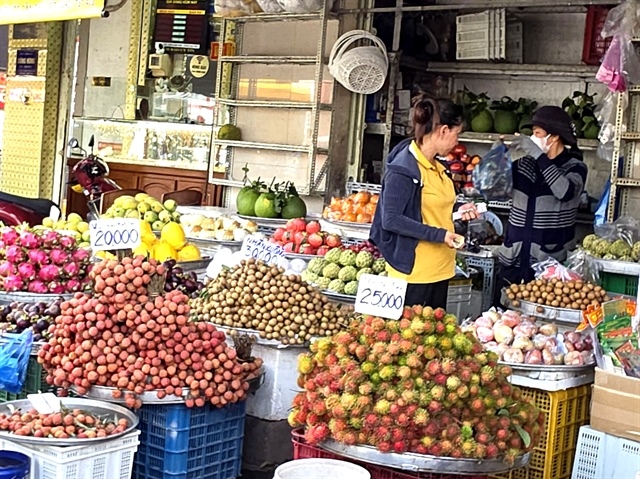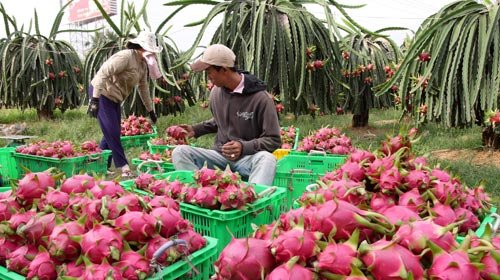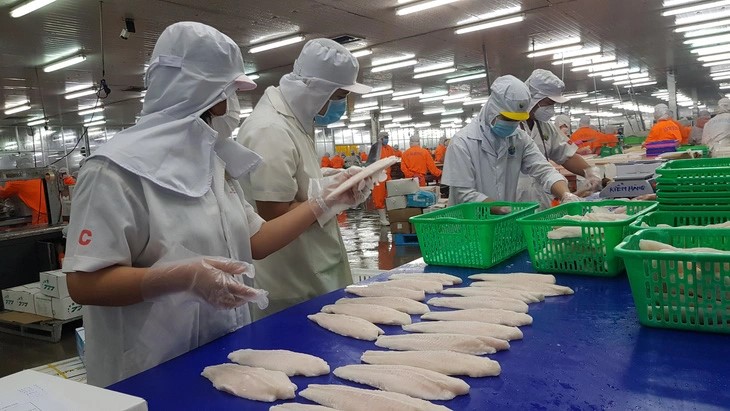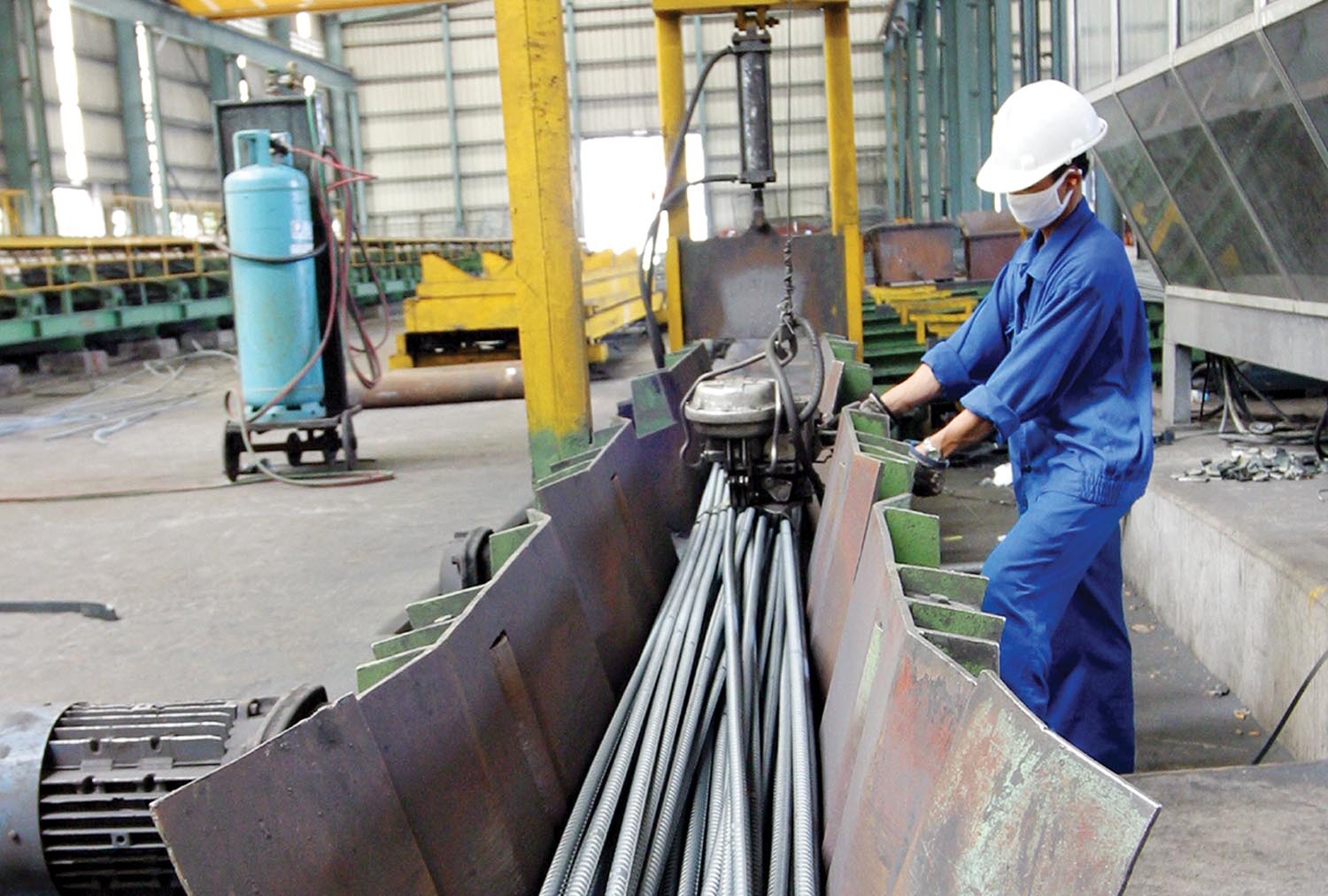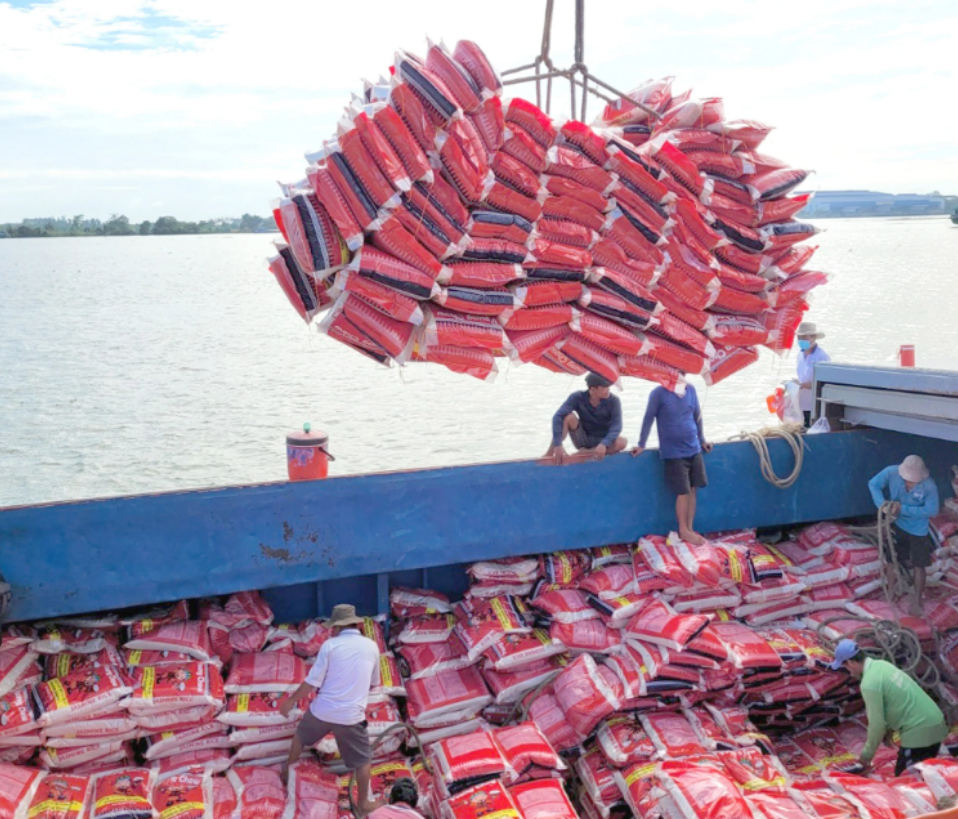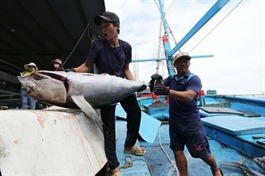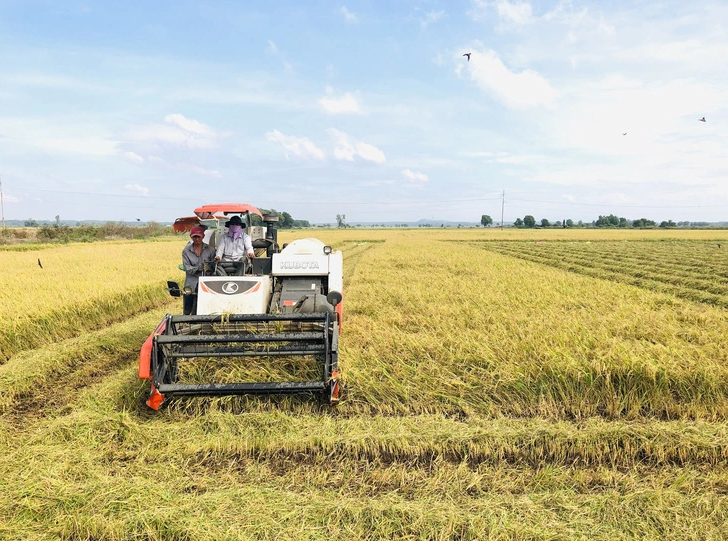Building a national brand amid chaotic rice market
Building a national brand amid chaotic rice market
India’s recent ban on rice exports has sent the global rice market into chaos with speculative hoarding and panic buying, which brought a significant opportunity for Việt Nam to increase exports.
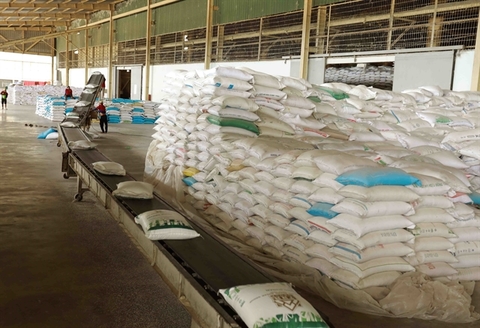
Rice packed at Phan Minh Investment Production Trading Services Company Limited, An Giang Province. It is critical for Việt Nam to focus on restructuring the agriculture sector toward enhancing yield and quality to contribute to ensuring global food security and building national brands. — VNA/VNS Photo Vũ Sinh
|
However, the more important story for the world’s third-largest rice exporter was how to build a national brand and prestige in a turbulent market.
Initial figures from the General Department of Customs showed that as of August 15, Việt Nam shipped 5.351 million tonnes of rice abroad, worth US$2.883 billion.
In the first half of August alone, after India’s ban, Việt Nam’s rice export reached 456,768 tonnes with a value of more than $266 million. The average price in the first 15 days of August was $582 per tonne, an increase of $48 per tonne compared to the average in the first seven months of this year.
Phan Mai Hương, co-founder of rice market information analysis company SSResource Media Pte.Ltd, Singapore, said that the rice price fever in the past month was mainly caused by intermediate stages.
Most exporters, not only in Việt Nam but also in Thailand and India, faced difficulties because of fluctuating rice prices, she said, adding that many even suffered losses because they must buy rice at high prices to implement the previously signed contracts at low prices.
In recent days, rice prices started to cool down, at around $620 per tonne of Thai rice and $630 per tonne of Vietnamese rice. However, there were few transactions, mostly orders of small volume, she said.
The rice price fever was not caused by a shortage of rice but by congestion in circulation, Hương said.
She said there was not much shortage of rice, although India banned rice exports because the government negotiation channel was still open.
There were groups of intermediaries who hoarded rice with the expectation of further increases in prices, but they could not sell for a long time, and the financial pressure forced them to sell at lower prices, Hương said.
She said it was difficult to predict rice prices in the current context because it depended on many factors, including weather conditions in India and the impacts on rice harvesting and the time when India’s ban would be lifted.
Still, a new price level was set, not lower than $600 per tonne – a good price during the past decade and could be maintained this year.
Towards sustainable value chain
According to Phạm Thái Bình, chairman of Trung An Hi-tech Farming Joint Stock Company, a new rice price level was good news for farmers.
However, the rice value chain lacked sustainability.
Nguyễn Văn Đôn, director of Việt Hưng Company Limited in Tiền Giang Province, said that only a few enterprises having rice in stock benefit from the price fever while most suffered losses to fulfil previously signed low-priced orders.
Enterprises were also cautious about signing new contracts as prices remained unpredictable, Đôn said.
The rice production of Việt Nam remained small scale and scattered, making it difficult to control the support for export and control the quality of rice. The poor linkage from production, processing, distribution and consumption also led to congestion in circulation, experts said.
The solution for the Việt Nam’s rice industry was to improve the value chain and enhance the capacity of rice export.
Minister of Industry and Trade Nguyễn Hồng Diên said that it was critical for Việt Nam to focus on restructuring the agriculture sector toward enhancing yield and quality to contribute to ensuring global food security and building national bands.
The focus would be organising production with large scale and based on market signals and analysis, together with establishing sustainable rice value chains.
According to Võ Trí Thành, Director of the Institute for Brand and Competition Strategy, besides economic benefits, rice export was also a story of national brand and reputation in dealing with a global issue.
Thành said that in a chaotic rice market, Việt Nam, as an important rice exporter, should play its role in contributing to ensuring the efficient operation of the world rice market and stable food supply to many countries. This provided an opportunity for Việt Nam to build the national brand and reputation as the world was watching the country’s moves, he said.
A number of problems emerged and must be tackled at the same time, he said. On the one hand, it was critical to ensure domestic food security, stabilise domestic market to control inflation and stablise macroeconomy. On the other hand, Việt Nam needed to take advantage of the opportunities to increase exports but, at the same time, harmonise benefits, maintain product quality to consolidate Vietnamese rice brand in the global market, Thành said.
In the domestic market, ensuring food security meant ensuring sufficient supply and ensuring access at reasonable prices, he said.
“Close watch must be placed on the market development, especially price fluctuations and supply sources to prevent speculative hoarding,” he stressed.
Regarding problems related to signed low-priced contracts, Thành said that farmers, traders and exporters should have a long-term vision, meaning that they should strive to ensure contract performance to build trust and establish linkage with trade partners and keep the market for future.
On August 5, Prime Minister Phạm Minh Chính issued Directive No 24/CT-TTg on ensuring national food security and promoting sustainable rice production and export amid complicated world rice market.



